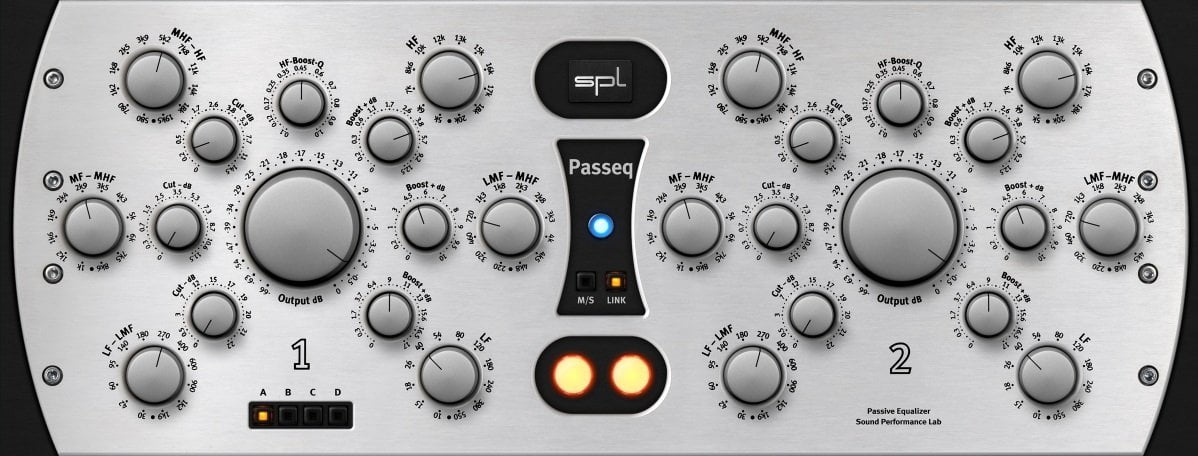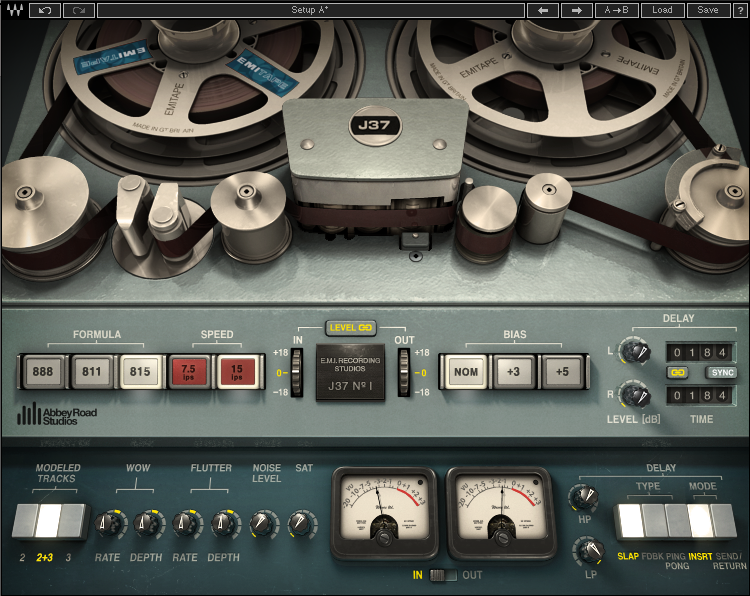
Clearly, there’s some detailed modelling going on here, which does explain the relatively large DSP footprint of the plug-in.Īnother point worth picking up on is the inclusion of two banks worth of Random effects. Trying to match settings between the UAD 480L and some of its rivals reveals similar (though not identical) results, but subjectively, I feel the timbral shape of the reverb tail and its overall musicality keeps bringing me back to the UAD 480L.

Uad plugins alternatives full#
Although there are some viable alternatives, such as the Relab LX480 Complete, they often cherry-pick the full list of algorithms, with only the UAD 480L having the full set of effects ported from the final firmware version. Other additional features include an A/B Machine-switching mode, so you can jump between two different settings, and ‘hidden’ features in respect to individual control of the left and right-hand I/O.Īlthough there’s been some good 480L-like emulations over the years, it’s arguably the UAD version that leads the field. The fader system always made the reverb inviting to edit, and now that page/parameter info display has been improved, it’s easier to understand what parameters you’re adjusting. Dial in a longer reverb tail, and you get that distinctive Lexicon shimmer that fills out the soundstage of your mix so well, while shorter settings never seem to smear or obstruct the dry sound like some other reverbs can.Īs you’d expect, the user interface stays close to the appeal of the original LARC and should be immediately familiar to existing users. A large part of the appeal of the 480L has to be its familiarity, as the majority of music recorded throughout the 80s, 90s and even into this century, has been touched by the sound of the 480L.Īs you’d expect, the reverbs have that all-important lush, enveloping quality that adds musicality and a sense of dimension to anything they touch. The sound of the plug-in 480L is a sheer delight, clearly filling a gap between the Lexicon 224 and Lexicon’s own PCM Native Reverb I use on a daily basis. Most importantly, it also carries the famous Random effects (more on this later) that became a big part of the distinctive Lexicon sound and something impossible to capture using convolution. Most notably, it means that the 480L (unlike the UAD Lexicon 224) isn’t just a reverb unit,īut also carries a range of effects algorithms covering delays, doubling, chorus and tremolo treatments.

The algorithms are ported from the final 4.10 firmware, so arguably represent the peak in the 480L’s evolution.
Uad plugins alternatives software#
The plug-in 480L is fronted by the LARC controller in software form, although with the addition of a few tweaks to make it even easier to operate. The mainframe, of course, packed an enormous amount of DSP muscle for the time, as well as hosting those all-important algorithms! The LARC was undoubtedly a big part of the 480L’s appeal, making the reverb tangibly ‘hands on’ and easy to edit, whereas other reverbs necessitated paging through tiny parameter-packed LED screens.

Technically speaking, the unit came in two parts: the distinctive LARC controller that perched on top of your console, and a 3U mainframe, stored away in an adjacent machine room, which did all the hard work. LARC-ing aboutīefore we dive into the plug-in, it’s worth revisiting how the 480L worked and what made it so unique. The UAD Lexicon 480L is significant, therefore, both in the fact that it’s endorsed by Lexicon, but also as we’ve had to wait so long for its arrival. Lexicon itself has released various plug-in reverbs (most notably the Lexicon PCM Native Reverb series, which borrows its algorithms from the PCM96), but has so far avoided revisiting its 480L legacy. The precursor to the 480L – the Lexicon 224 – was previously modelled by Universal Audio (under full endorsement from Lexicon) and remains a firm favourite in my studio. Given the pedigree of the 480L, it’s no surprise to find a number of plug-in versions claiming to be ‘inspired’ by its sound, although none to this date have been officially endorsed by Lexicon. Even though technically superior iterations came along – notably the 960L – the sound of the 480L became synonymous with wide and expansive reverb, making it arguably the pinnacle of Lexicon’s achievements.

The 480L’s reputation was rightly deserved as, even to this day, it remains one of the finest-sounding algorithmic reverbs ever produced, with a highly recognisable sound heard on countless records.


 0 kommentar(er)
0 kommentar(er)
